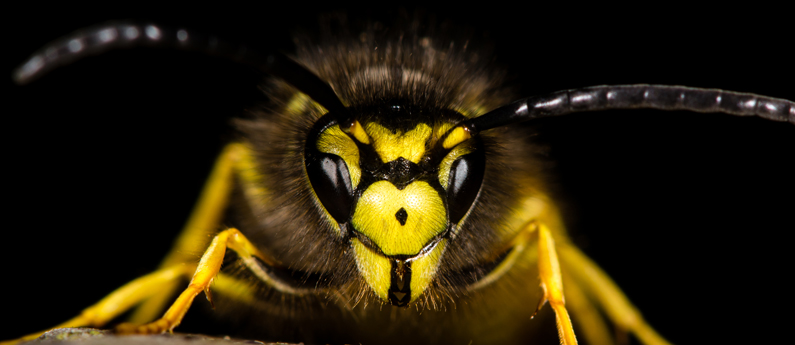The Chinese Zodiac assigns an animal to represent each year on a 12-year cycle. According to this horoscope, 2018 was the Year of the Dog.
 For a large part of the United States, however, 2018 was represented by a different creature altogether. If you ask anyone who tried to enjoy the outdoors last summer, 2018 was the Year of the Yellowjacket.
For a large part of the United States, however, 2018 was represented by a different creature altogether. If you ask anyone who tried to enjoy the outdoors last summer, 2018 was the Year of the Yellowjacket.
Around the middle of July, residents of the Pacific Northwest started to notice more yellowjacket activity, visible nests, and aggressive behavior. Grilling a hamburger or just sitting down to a summer picnic became a dangerous proposition. People were reporting that their RESCUE! Reusable and Disposable Yellowjacket Traps were filling up in less than a day. And at RESCUE! headquarters, we received a record-breaking volume of orders that had our Engineering, Production and Shipping Departments hopping to keep Yellowjacket Traps on store shelves!
 University experts agreed that the number of yellowjackets around picnics and backyard BBQ’s was up dramatically compared to prior years.
University experts agreed that the number of yellowjackets around picnics and backyard BBQ’s was up dramatically compared to prior years.
Gail Langellotto, Oregon State University Extension entomologist, offered this explanation: “It’s so dry in surrounding areas that gardens are providing them with things that unmanaged environments are not – like water.”
“The last couple of years have been pretty favorable to the wasps,” added Richard Zack, an entomologist at Washington State University. “So we’re starting to see a population buildup — this year more than last year. It just builds on itself unless you get some collapse.”

As for our experts in the RESCUE! Insect Lab, Director of Research Dr. Qing-He Zhang points to two things which contributed to the big problem with yellowjackets that we experienced this year:
- An early queen season. The yellowjacket queens emerged from hibernation much earlier than expected. Usually they emerge in April, but in 2018, they woke up from their winter nap in February and proceeded to start constructing their nests and establishing their colonies.
- Extreme hot weather. Following the fourth of July, the weather was HOT and dry. During a normal summer, yellowjacket nests can double in size in a month. When daytime temperatures are above 90 degrees, they can double in size in 14 days. When the temps are over 100 (as they were for a good part of July and August), the nest population can double in just 10 days!
.JPG)
We are happy to report that we met the increased demand and fulfilled every single order that our retail customers made for yellowjacket traps. We credit the rapid response of our outstanding employees and raw material vendors, plus the fact that our manufacturing process is vertically-integrated, with all molded plastic parts created in-house.
 What does 2019 have in store for everyone, as far as yellowjackets are concerned? We’re glad you asked. With the population explosion in 2018, there are even more yellowjacket queens hibernating now and emerging in the spring. That means more new nests that will be established once they wake up!
What does 2019 have in store for everyone, as far as yellowjackets are concerned? We’re glad you asked. With the population explosion in 2018, there are even more yellowjacket queens hibernating now and emerging in the spring. That means more new nests that will be established once they wake up!
That’s why it’s imperative that consumers start setting up their Yellowjacket Traps with fresh attractant as soon as the spring weather breaks, to catch the queens. Every queen caught in the spring means one less yellowjacket nest later on.


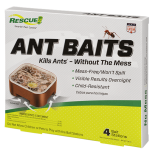 Ant Baits
Ant Baits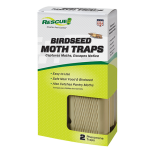 Birdseed Moth Trap
Birdseed Moth Trap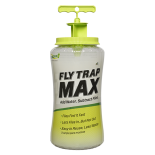 Fly Trap Max
Fly Trap Max Fly Trap, Big Bag
Fly Trap, Big Bag 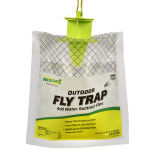 Fly Trap, Disposable
Fly Trap, Disposable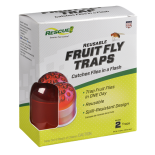 Fly Trap, Fruit Fly
Fly Trap, Fruit Fly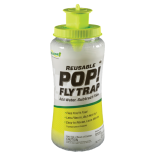 Fly Trap, POP! Fly
Fly Trap, POP! Fly 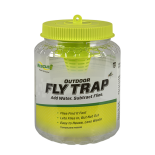 Fly Trap, Reusable
Fly Trap, Reusable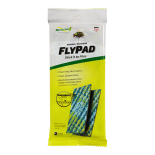 FlyPad
FlyPad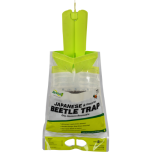 Japanese & Oriental Beetle Trap
Japanese & Oriental Beetle Trap Spider Trap
Spider Trap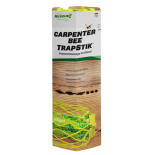 TrapStik, Carpenter Bee
TrapStik, Carpenter Bee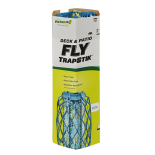 TrapStik, Deck & Patio Fly
TrapStik, Deck & Patio Fly 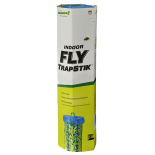 TrapStik, Indoor Fly
TrapStik, Indoor Fly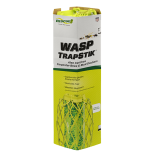 TrapStik, Wasp
TrapStik, Wasp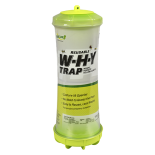 W·H·Y Trap for Wasps, Hornets & Yellowjackets
W·H·Y Trap for Wasps, Hornets & Yellowjackets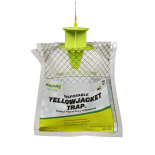 Yellowjacket Trap, Disposable
Yellowjacket Trap, Disposable 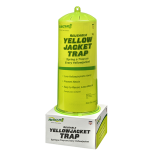 Yellowjacket Trap, Reusable
Yellowjacket Trap, Reusable 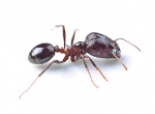 Ants
Ants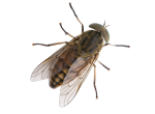 Biting Flies
Biting Flies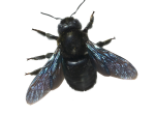 Carpenter Bees
Carpenter Bees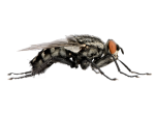 Flies
Flies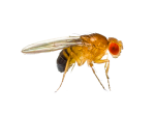 Fruit Flies
Fruit Flies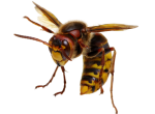 Hornets
Hornets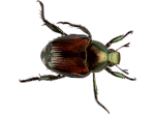 Japanese Beetles
Japanese Beetles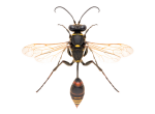 Mud Daubers
Mud Daubers Oriental Beetles
Oriental Beetles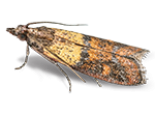 Birdseed & Pantry Moths
Birdseed & Pantry Moths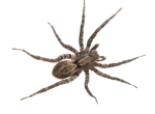 Spiders
Spiders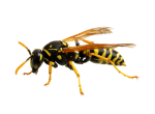 Wasps
Wasps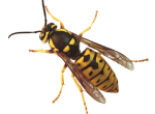 Yellowjackets
Yellowjackets